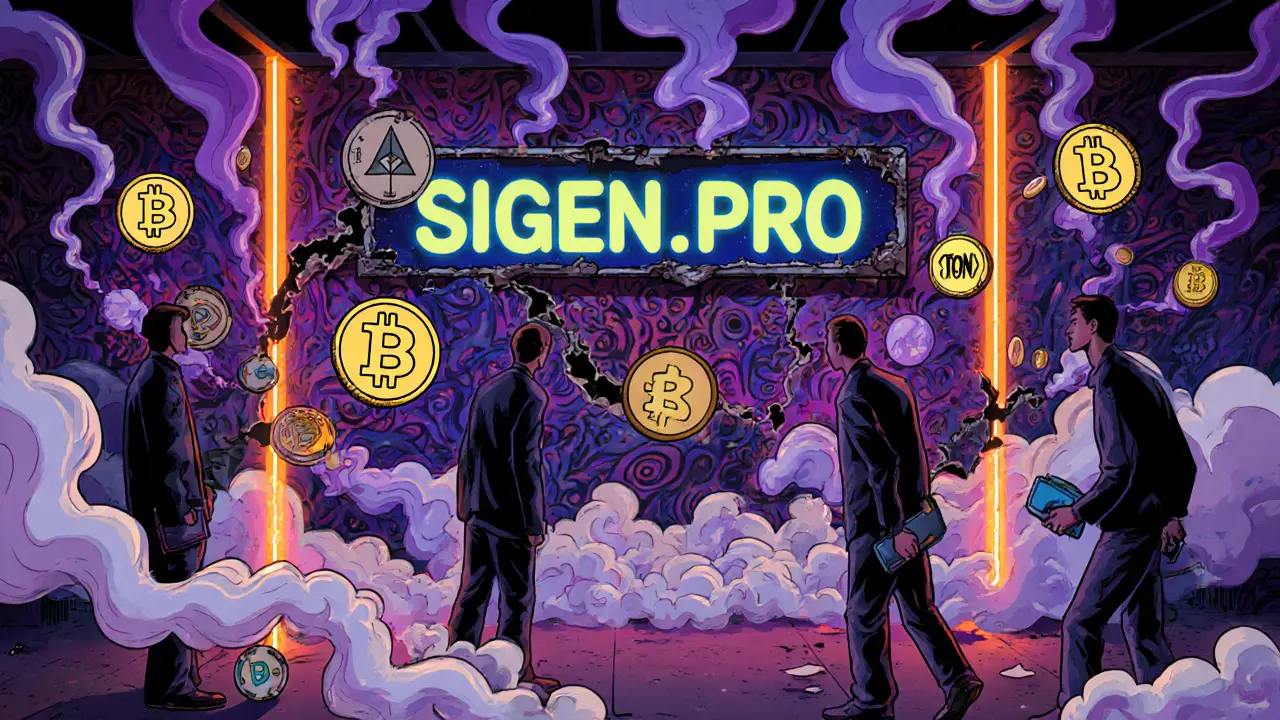Crypto P2P Platform: How Peer-to-Peer Trading Works and Where to Use It
When you trade crypto on a crypto P2P platform, a system that lets users buy and sell digital assets directly with each other, bypassing centralized intermediaries. Also known as peer-to-peer crypto trading, it’s the backbone of decentralized finance for people in countries with strict banking rules or limited exchange access. Unlike traditional exchanges that hold your money and match orders behind the scenes, a P2P platform acts like a digital marketplace—your money stays in your wallet until you confirm the trade with another person.
This model thrives where banks won’t go. In places like Nigeria, Algeria, or Qatar, where official crypto exchanges are blocked or heavily restricted, users turn to P2P platforms to buy Bitcoin with local bank transfers, mobile money, or even cash. It’s not just about bypassing bans—it’s about control. You pick your price, your payment method, and who you trade with. That’s why platforms like Paxful and LocalBitcoins became lifelines during crypto crackdowns. The crypto exchange, a centralized platform that matches buyers and sellers using an order book and holds user funds. Also known as centralized exchange, it handles your assets; a P2P platform doesn’t. That difference changes everything when trust is low or regulation is high.
But P2P isn’t just for survival—it’s growing as a tool for financial independence. People in Brazil use Coinext’s P2P feature to trade BRL for USDT without dealing with bank holds. Traders in Southeast Asia use it to avoid high fees on global exchanges. Even in the EU, where MiCA enforces strict AML rules, P2P platforms now require ID verification, but still let users negotiate rates outside of rigid pricing models. The peer-to-peer crypto, a direct, person-to-person transaction model for digital assets without middlemen. Also known as decentralized trading, it gives you flexibility no exchange can match.
That said, it’s not risk-free. Scammers pose as buyers offering fake payment screenshots. Some platforms have weak dispute systems. That’s why you’ll find guides in this collection on how to spot fake trades, which payment methods are safest, and which platforms have real user reviews—not just marketing hype. You’ll also see how regulators are catching up, how P2P affects tax reporting, and why some platforms like BitWell collapsed while others kept running.
What you’ll find here aren’t theory pieces. These are real stories from people who’ve used P2P to get crypto under pressure, avoid fees, or escape censorship. Whether you’re in a banned country, tired of exchange withdrawal delays, or just want to trade without giving up custody of your coins—this collection shows you how it’s done, what to watch out for, and where to start safely.
SIGEN.PRO Crypto Exchange Review: Is It Still Operational in 2025?
SIGEN.PRO was a commission-free crypto exchange that vanished after 2021. As of 2025, it's likely shut down. Learn what it offered, why it failed, and where to go instead.
